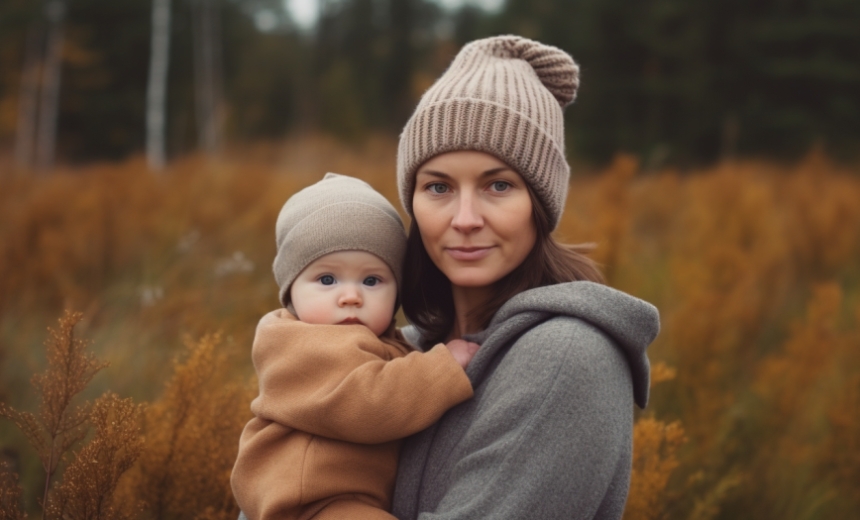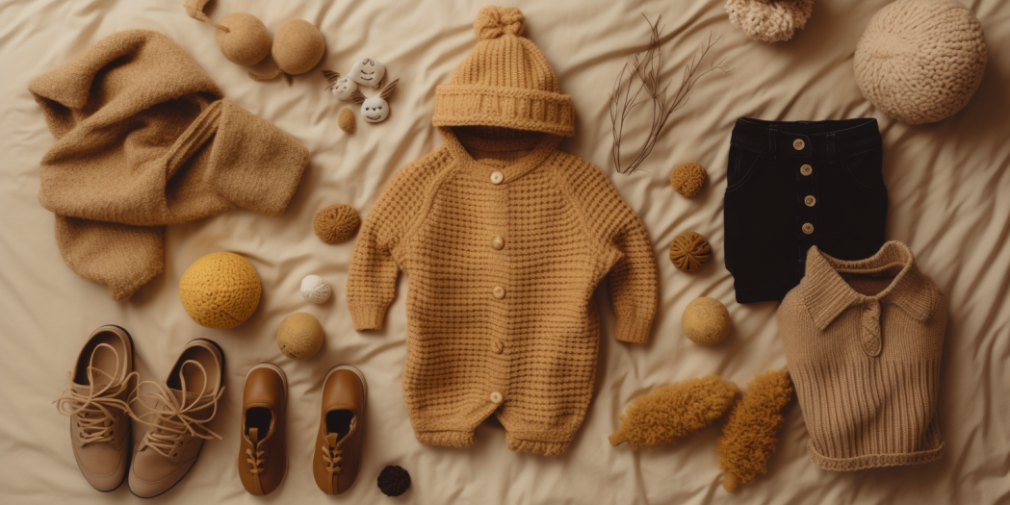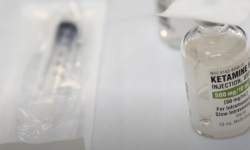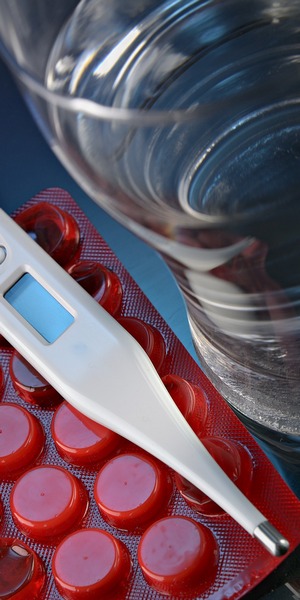Dressing a Baby for 50-Degree Weather

Choosing the right clothes for your baby when the temperature is around 50 degrees Fahrenheit can be a tricky task. Balancing between warmth and comfort, not wanting to underdress or overdress the baby is crucial. Here are some tips to guide you through the process.
Understanding Layering
Layering is an essential technique for dressing a baby in 50-degree weather. It involves using multiple layers of clothing to provide comfort, insulation, and protection against the elements. The following guideline outlines the different layers and their purposes:
- Base Layer: The base layer is in direct contact with the baby’s skin and serves to keep moisture away. It should be made of breathable and moisture-wicking materials like cotton or thermal knits. Examples of garments for the base layer include long-sleeved bodysuits and leggings;
- Middle Layer: The middle layer provides insulation to keep the baby warm. It should consist of thicker materials such as fleece, wool, or heavier cottons. These fabrics trap heat and provide an extra layer of warmth. Examples of garments for the middle layer include fleece onesies and sweaters;
- Outer Layer: The outer layer acts as a protective barrier against the elements, particularly wind and rain. It should be lightweight and designed to shield the baby from external conditions. A light jacket or windbreaker would be suitable for this layer in 50-degree weather. It helps to block wind and provides some resistance to rain.
To provide a visual representation of the layering process, Table 1 displays examples of garments for each layer:
Layer Garments Base Long-sleeved bodysuit, leggings Middle Fleece onesie, sweater Outer Light jacket, windbreaker
By following this layering guideline and selecting appropriate garments for each layer, you can ensure that your baby stays comfortable, warm, and protected in 50-degree weather.
Choosing the Right Materials
Choosing the right materials for baby clothes is crucial. Here are some recommended materials:
- Cotton: Cotton is breathable, soft, and easy to clean. It is great for the base layer as it keeps moisture away from the baby’s skin;
- Fleece: Fleece is warm and lightweight, making it an excellent choice for the middle layer;
- Wool: Wool is a natural insulator and can keep your baby warm. However, it is important to make sure that your baby is not allergic to wool;
- Polyester: Polyester is commonly used in windbreakers and rain jackets because it is water-resistant.
Head, Hands, and Feet

Remember the adage, “If your feet are cold, put on a hat”? It applies to babies too. Much of our heat loss occurs through our heads, hands, and feet, so these areas should not be neglected.
- Hat: A soft, warm hat that covers the baby’s ears is ideal. Fleece or wool materials work well;
- Mittens: Mittens are better than gloves for babies as they keep hands warmer;
- Socks and Booties: Warm socks and booties are essential to keep those tiny feet warm.
| Accessory | Materials |
|---|---|
| Hat | Fleece, wool |
| Mittens | Fleece, wool |
| Socks & Booties | Cotton, fleece |
Check Regularly
While it’s important to dress your baby appropriately for the weather, remember that babies can’t regulate their body temperature as well as adults. Check regularly to ensure that they are not too hot or too cold.
- Touch the baby’s chest or back: These areas are the best indicators of your baby’s actual body temperature;
- Look for signs of discomfort: If your baby is fussing more than usual, or if their skin is red and sweaty, they may be too warm. If their skin is cool to the touch, they may be too cold.
Conclusion
dressing a baby for 50-degree weather is all about layering and paying attention to the materials of the clothes. Don’t forget to cover their head, hands, and feet, and always check regularly to ensure their comfort. Your baby relies on you to help them stay warm and cozy during the cooler months, so with these tips, you’ll be more than prepared to do just that.
FAQS
Check your baby’s chest or back – these areas are the best indicators of their body temperature. If your baby is sweating or their skin is red, they might be too warm. Conversely, if the baby’s skin is cool to the touch, they might be too cold.
Choose breathable, moisture-wicking fabrics like cotton for the base layer. Fleece and wool are great for insulation (the middle layer), and polyester is often used for the outer layer due to its water-resistant properties.
Yes, a lot of heat is lost through the head, hands, and feet. Thus, it’s essential to cover these parts with a warm hat, mittens, and socks or booties.
If your baby seems uncomfortable, it’s important to adjust their clothing. They may be too hot or too cold. Always pay attention to signs of discomfort, such as increased fussiness or changes in skin color or temperature.








